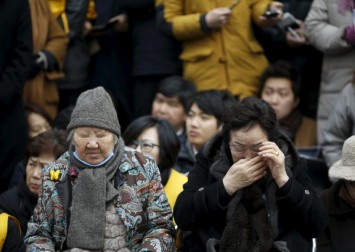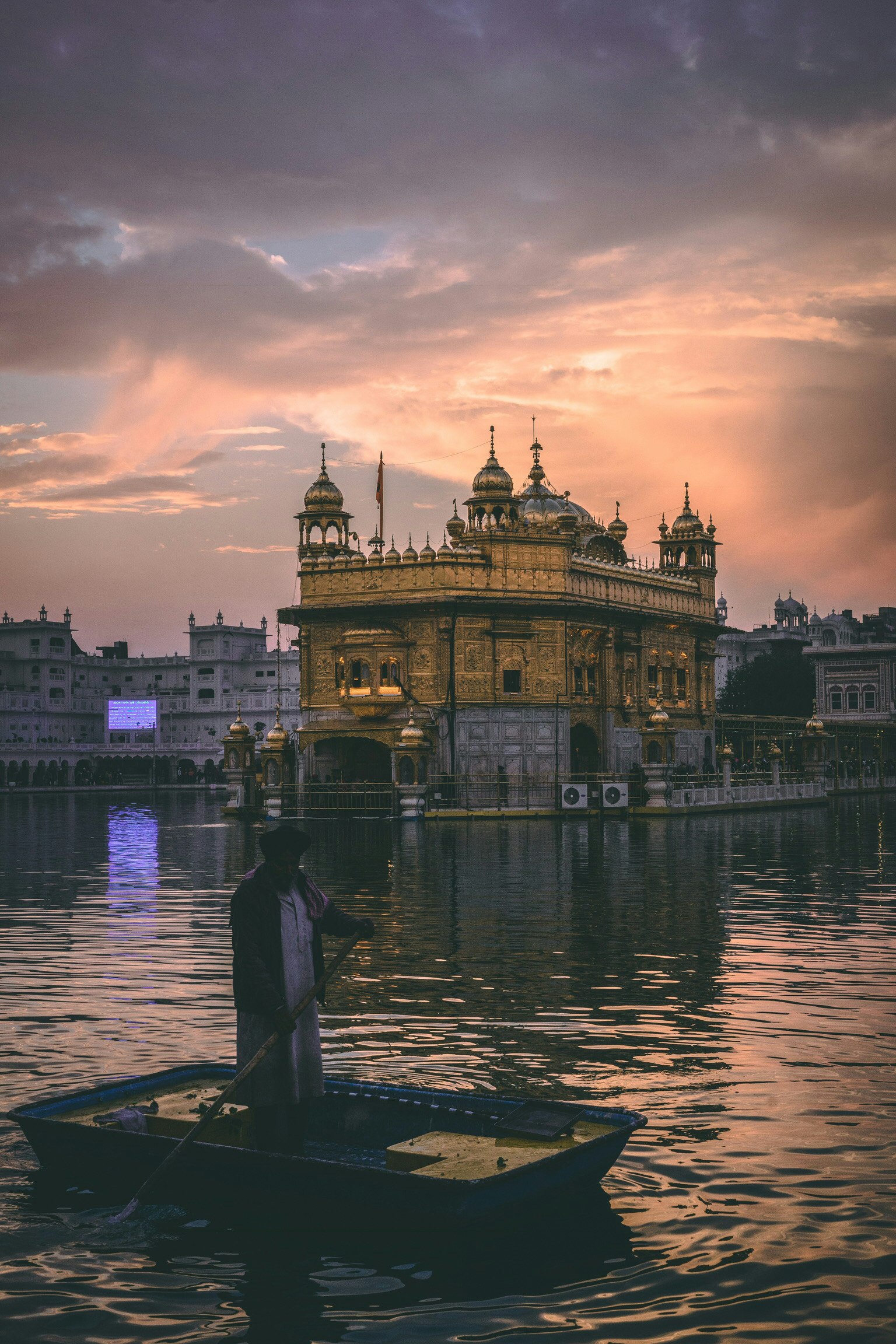How Biden’s “forever war” in Ukraine was prepared: Billions of dollars for weapons and military training since 2014
Ukrainian President Volodymyr Zelensky claimed last week that the billions in military weapons sent to Ukraine since the beginning of Russia’s invasion on February 24 have “finally” started working, despite staggering losses in both casualties and territory.
“Finally it is felt that the Western artillery—the weapons we received from our partners— started working very powerfully,” Zelensky said in a video address posted to the Office of the President’s website. “The losses of the occupiers will only increase every week, as will the difficulty of supplying them.”
As the Ukrainian forces have continued to lose territory in the eastern Donbass region, including the entire Lugansk province, and reportedly suffer record casualties of over 500 per day, Zelensky and his entourage have implored the United States and its NATO allies to rapidly send even more powerful weaponry in an attempt to continue the war for as long as possible.
While Zelensky and his advisers are attempting to portray themselves as scrappy underdogs taking on a treacherous bully, in reality, billions in military aid have already been sent to the country in order to provoke and exacerbate a war, which in its current form would never have occurred without massive training and funding from Western sources.
According to the Department of Defense, amid rapid worldwide inflation the US has contributed approximately $7.6 billion in military aid to Ukraine since the Russian invasion began on February 24, including an additional $820 million authorized on July 1. The Biden administration has pledged over $50 billion in military and economic aid since coming into office.
The supplies include anti-aircraft systems, tactical drones, rocket systems, howitzers and artillery rounds. Recently, Ukraine has claimed success in hitting Russian ammo depots after the arrival of the first four American-made High-Mobility Artillery Rocket Systems (HIMARS) with four more on the way. In addition, Ukraine is also receiving 18 tracked Multiple Launch Rocket Systems (MLRS) from the United States, Germany, the Netherlands, the United Kingdom and Norway.
While the United States and NATO have moved to rapidly arm Ukraine since February, the history of NATO involvement and funding reveals that the current war was both planned for and provoked by the imperialist powers for years.
The ties by NATO to Ukraine go back to the Stalinist destruction of the Soviet Union and restoration of capitalism. In the 1990s, Ukraine’s Yaroviv Combat Training Center in the Lviv region of western Ukraine became the center of NATO operations and training. In March, the base, which had housed as many as 1,000 foreign fighters being training as part of the Ukrainian Foreign Legion, was hit by a Russian missile strike.
Since 1997 Ukraine has also cooperated with the United States and NATO forces annually in the “Sea Breeze” multinational military exercises on the northwestern Black Sea coast. Russia participated only once in 1998 and since then has openly opposed the presence of NATO and US warships so close to its Black Sea fleet as the exercises were obviously intended to displace Russia as the predominant naval power in the region.
However, prior to 2014, previous Ukrainian administrations had attempted to maintain historical economic and political relations with Russia while simultaneously increasing ties with Western imperialism and NATO. In 2006 as prime minister and later in 2010 as president, Viktor Yanukovych had effectively stopped Ukraine’s path towards NATO membership leading the NATO Review Journal to condemn what it called a “significant slow-down” in the country’s NATO integration.
In 2014 in a US-and EU-backed coup, the Yanukovych government was overthrown. The coup triggered not only the Russian annexation of Crimea, a peninsula in the Black Sea, which hosts Russia’s Black Sea fleet, and an eight-year-long civil war in East Ukraine. Above all, it marked the beginning of the systematic, multi-billion dollar transformation of Ukraine’s military into what is essentially a proxy army of the NATO alliance, in order to prepare for all-out war with Russia.
Building up and restructuring the Ukrainian army
Following the 2014 coup, NATO pushed Ukraine to conduct a major restructuring and buildup, providing billions in funding for military training and equipment.
The Ukrainian army, which had over 800,000 personnel in 1991, had shrunk to just 130,000 in 2014. Out of these, it was estimated in 2014 that only between 6,000 and 7,000 Ukrainian troops were combat-ready in terms of training, equipment and personnel when hostilities in the Donbass first began. Mass desertions quickly crippled the war effort of Kiev against pro-Russian separatists in the civil war in East Ukraine that raged for eight years before Russia’s invasion in February 2022.
Thanks to massive funding from NATO and an increase of Ukraine’s military spending to a massive 6 percent of GDP, the armed forces roughly doubled in size between 2014 and 2022, reaching 246,445 in 2021 (with over 195,000 military personnel). Thus, within just a few years, Ukraine’s army became one of the largest armies in the region, second only to Russia’s armed forces.
Beginning in late 2014, the Ukrainian army was also rapidly transformed to operate according to NATO standards. At the same time, the Ukrainian government authorized the formation of far-right militias, such as the Azov Battalion, who could now count on government assistance and training both foreign and domestic.
Such forces would be used to continue the civil war against Russian-backed Donbass separatists while Ukraine collaborated with the US and NATO to transform its moribund and corrupt military. By 2020, Reuters estimated that such militia forces, largely consisting of and run by far-right extremists, constituted 40 percent of Ukrainian forces and numbered 102,000.
The internal transformation of Ukraine’s Army to NATO standards was achieved with significant training from both NATO and the US, focusing on changes to command structure and the building of non-commissioned officers (NCOs), who were given permission to quickly make their own decisions in contrast to a more hierarchical Soviet command structure. Interoperability with other NATO forces was a major goal, recognizing that any “winning” of a war with Russia would require fighting alongside NATO forces. Officers suspected of being Russian sympathizers were arrested, discharged or chose to flee to Russia or the Donbass.
In 2016, the Poroshenko government, which came to power after the 2014 coup, signed the first Strategic Defense Bulletin of Ukraine, outlining the goals and priorities of Ukraine’s NATO-led defense reform. Notably, the first “strategic objective” stated “joint command of defense forces conducted in compliance with principles and standards accepted by the NATO states.”
A central aim of NATO’s efforts to transform Ukraine into a launching pad of war against Russia was, in its own words, to increase “its presence in the Black Sea” through “stepped up maritime cooperation with Ukraine and Georgia.” The UK, in particular, has invested heavily in “modernizing” the Ukrainian navy. As of February 2022, NATO had 18 warships stationed in the Black Sea.
Ukraine’s National Security Strategy of 2015 already adopted as its first main goal “to create conditions for the restoration of the territorial integrity of Ukraine within the internationally recognized state border.” The two goals combined make clear that the “retaking” of Crimea with the assistance from NATO forces was a major part of Ukraine’s military planning during both the Poroshenko and Zelensky presidencies. By spring 2021, the “retaking” of Crimea and the Donbass by military means was proclaimed Ukraine’s official military strategy.
NATO also initiated a series of programs, including the Comprehensive Assistance Program, in 2016 to “support Ukraine’s goal to implement security and defense sector program reforms according to NATO standards.” In June 2020, under recently elected President Volodymyr Zelensky, NATO granted Ukraine an upgraded status as an “Enhanced Opportunities Partner,” signaling that despite the popular vote for Zelensky, who had run on a platform promising a peaceful resolution of the conflict, Ukraine would remain on the path towards war with NATO’s help. In fact, Zelensky made the joining of NATO a major priority of his administration.
The Ukraine crisis also became the central pretext for a massive rearmament of NATO. According to NATO’s own data, aggregate member defense expenditures increased significantly after 2014. Between 2015 and 2022, NATO member defense expenditures increased by an average of 3.5 percent, passing from $910 billion in 2014 to an astounding $1.051 trillion so far in 2022.
In April it was reported that world military expenditures passed $2 trillion for the first time ever, making it clear that the world capitalist ruling class is arming itself to the teeth. Confirming that Ukraine has been central to planning World War III, the data from the Stockholm International Peace Research Institute stated world military expenditures “have increased for 7 consecutive years” following “declining military spending between 2011 and 2014.”
Preparing for war: Weapons and training by the imperialist powers before 2022
Leading the push towards war, the US passed the Ukraine Freedom Support Act in December 2014 with support from both Republicans and Democrats, pledging $350 million in military assistance to Ukraine. Although the Obama administration at the time publicly demurred from sending lethal weapons to Ukraine, it did not limit the private export of US-made lethal weapons to Ukraine.
Moreover, the State Department worked with the Department of Defense to allow direct commercial sales of lethal arms to Ukraine, permitting $27 million of commercial defense articles and services to Ukraine in 2016 and about $68 million in 2015, portions of which included lethal weaponry, according to the right-wing think tank the Atlantic Council. Through this program, lethal weapons such as rocket-propelled grenade launchers made their way into the hands of the notorious neo-Nazi Azov Battalion who were pictured using the weapons in training in the summer of 2017 in Mariupol.
Despite the at least public limitation on lethal weapons to Ukraine, between 2014 and 2016 the United States sent the country more than $600 million in military assistance, including body armor, night-vision goggles, vehicles and training, according to the Washington Post.
In regards to Ukraine, former US President Donald Trump is regularly labeled a “Russian asset” by the Democratic Party, but he in fact went even further than his predecessor Barack Obama in arming Ukraine. In 2017, Trump approved the largest US commercial sale of lethal defensive weapons, most notably anti-tank Javelin missiles publicly reversing Obama’s policy.
The sale marked a significant escalation by the United States as it prepared for a proxy war with Russia. As one unnamed “senior congressional official” told the Washington Post at the time, “We have crossed the Rubicon, this is lethal weapons and I predict more will be coming.”
The first sale of 210 Javelin missiles and 37 launch units was completed in March 2018.
Despite the Trump administration becoming embroiled in scandals over Trump personally holding up $400 million in assistance to Ukraine, the weapons deliveries continued nonetheless with the approval of another 150 missiles with 10 launchers for $39 million by the State Department in October 2019.
In addition to the United States, the United Kingdom, the Baltic states, the Czech Republic and Poland all delivered weapons and ammunition to Kiev free of charge following 2014. The major arms suppliers to Ukraine from 2016 to 2021 were the Czech Republic, France, Lithuania, Poland and Turkey, according to the Forum on the Arms Trade.
As much of Europe held back from openly sending their own lethal weapons to Ukraine following the 2014 coup, Lithuania quickly emerged as the most brazen conduit for funneling lethal weapons to Ukraine. In 2016 Lithuania sent the country 150 tons of ammunition among other items, and in November 2017 a plan was unveiled to send more than 7,000 Kalashnikov rifles, almost 2 million cartridges, more than 80 machine guns, several mortars, anti-tank weapons and other military equipment to Ukraine.
While total weapons sent by Lithuania from 2014-2022 amounted to just over $6 million, the policy had its intended effect of antagonizing Russia and escalating tensions in the region. Russia would lodge a formal diplomatic complaint with Lithuania over weapons deliveries to Ukraine in 2015, which Lithuania ignored.
Huge amounts of money have also been invested in sending “trainers” from various NATO member countries to train Ukrainian soldiers, including members of the neo-Nazi Azov Battalion. NATO and US trainers increased their presence following 2014, and according to Army Brig. Gen. Joseph Hilbert, the 7th Army Training Command alone had trained a total of 23,000 Ukrainians in Yavoriv up to January 2022. According to British Foreign Minister Ben Wallace, the UK had also trained some 20,000 Ukrainian troops after 2015.
Just prior to the invasion, clearly leaked reports from Yahoo News revealing that a “secret intensive training program” for a CIA-trained insurgency post-invasion also made clear that the United States had placed its bets on the outbreak of a full-scale war with Russia for years.
Ukrainian troops have also received systems training from Canadian, Lithuanian and Polish military instructors.
Fueling and prolonging the war: The imperialist powers flood Ukraine with weapons
With the beginning of the full-scale war in February, the supply of weapons to Ukraine became a massive global operation, costing supplier countries huge amounts in both resources and logistics.
Reporting on the logistical operation being staged by the US, NPR wrote that from the Dover Air Base in Delaware: “They all work 12-hour shifts round the clock. Pallets come in and quickly go out on a waiting aircraft. There are three flights each day bound for an air base in eastern Poland. There’s an address sticker on the pallet, a military district in western Ukraine, right down to the street address. The Ukrainian military has been desperate for the Howitzers and the shells to help push back the Russian forces.”
In May, Mark Cancian, a former Marine colonel and expert on military procurement, revealed to NPR that the United States had already sent a third of its Javelin missiles to Ukraine and that “The stocks are getting low. There’s some risk on certain US war plans that may not be enough for our own purposes.”
As the war continues, the historically unprecedented pace and scale of pledges for military assistance to Ukraine is becoming almost impossible to track. US aid alone to Ukraine would make it 14th in the world’s annual military budgets. In relative terms, Ukraine has already received one-third of total US military aid to the entire world in 2020, and the year is only half over.
While NATO and US trainers were reportedly pulled from the country following the invasion after President Biden promised to not involve American soldiers, this obscures the reality that US and NATO forces are still on the ground in Ukraine. According to recent reports from the New York Times, NATO, CIA and US Special Operations Forces are all currently operating a “commando network” within Ukraine charged with both bringing in weapons and training Ukrainian forces in their use.
According to the Times report, training of Ukrainian forces is currently taking place at military bases on Germany, France and Britain. In addition, despite the risks of a full-scale war with a nuclear-armed Russia, CIA officers continue to operate within Ukraine along with a “few dozen commandos” from NATO member countries. The US Army’s 10th Special Forces Group, which had been training Ukrainian commandos prior to the war, also “quietly established a coalition planning cell in Germany to coordinate military assistance to Ukrainian commandos and other Ukrainian troops.”
The article concedes that such an operation is of considerable size and scope and could not have taken place without substantial prior planning by American forces.
As House Representative Jason Crow, a Colorado Democrat on the House Armed Services and Intelligence Committees, acknowledged, “It’s been critical knowing who to deal with during chaotic battlefield situations, and who to get weapons to. Without these relationships, this would have taken much longer.”
The UK, too, is continuing its training of Ukrainian troops. UK special forces have been revealed to train Ukrainian soldiers in the war zone, and thousands of Ukrainian troops are receiving military training at a special camp in Manchester. While the current program by the British Ministry of Defense envisages the training of 10,000 troops within the next few months, Britain’s Ministry of Defense said in an interview, “If the Ukrainians ask for more, we’ll be open to more.” Asked how many, he said, “We could do thousands and thousands.”
The billions that are being spent on continuing and escalating the war with weapons and training have had devastating consequences for the working class of both the imperialist countries, which is being made to pay for the war, and, more immediately, the population of Ukraine. Less than five months into the war, 12.1 million out of 40 million Ukrainians have become refugees and an estimated 10,000 to 30,000 Ukrainian soldiers have been killed. The casualties among Russian troops are also estimated in the many thousands.
Such carnage has had no effect on the war plans of the ruling class. On the contrary, at every step of the way in the past months, the imperialist powers have done everything they could to escalate and prolong the war, that is ultimately only the opening stage of a new struggle for the imperialist redivision of the world. Speaking at the close of the recent NATO Summit in Madrid when asked how long the war could continue, US President Biden replied, “As long as it takes.”







